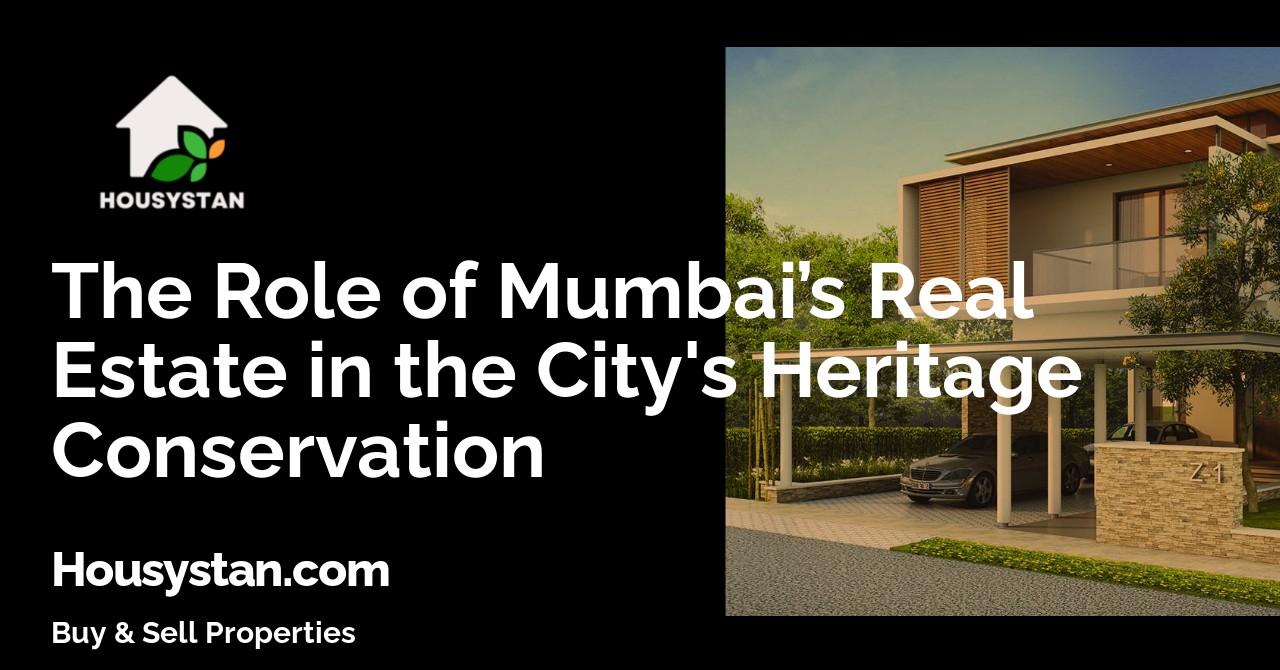The Role of Mumbai’s Real Estate in the City's Heritage Conservation
Read latest blogs and articles from Housystan

The Information mentioned here was last updated on:
27/11/2025Mumbai’s real estate sector has played a significant role in shaping the city’s heritage conservation efforts, blending modern development with the preservation of historical landmarks. As India’s financial capital, Mumbai is renowned for its vibrant culture, colonial-era architecture, and unique blend of old-world charm alongside contemporary skyscrapers. This dynamic urban environment highlights the importance of maintaining historical structures, which not only reflect the city’s rich past but also attract both locals and tourists eager to experience its legacy.
Over the years, Mumbai’s real estate developers have increasingly recognized the value of integrating heritage conservation into their projects. Many iconic buildings, such as the Chhatrapati Shivaji Maharaj Terminus and the Gateway of India, stand as symbols of the city’s architectural brilliance and cultural identity. Preserving these landmarks not only enhances the city’s aesthetic appeal but also contributes to its economic growth by boosting heritage tourism and increasing property values in surrounding neighborhoods.
Local authorities and real estate professionals in Mumbai collaborate closely with heritage conservationists to ensure that restoration projects meet global standards while respecting traditional architectural styles. Adaptive reuse initiatives have become popular, transforming historic structures into boutique hotels, art galleries, and commercial spaces without compromising their original character. This approach not only safeguards the city’s heritage but also provides sustainable solutions for urban development.
- Verified Tenants/Buyers
- Unlimited Property Listing
- Zero subscription/charges fee
Government policies and incentives further encourage real estate stakeholders to participate in heritage conservation. The Maharashtra Heritage Conservation Committee, for instance, provides guidelines and support for restoration activities, ensuring that Mumbai’s iconic buildings are preserved for future generations. By adhering to these regulations, developers contribute to the city’s legacy and promote responsible urban growth.
In summary, Mumbai’s real estate industry is deeply intertwined with heritage conservation. By balancing progress and preservation, the sector ensures that the city’s historical identity remains intact amid rapid modernization. This commitment not only reinforces Mumbai’s standing as a global metropolis but also secures a vibrant, culturally rich environment for residents and visitors alike.